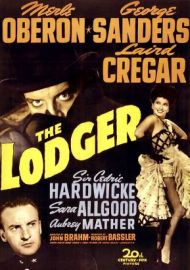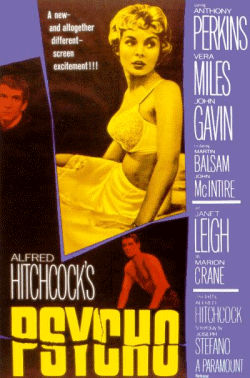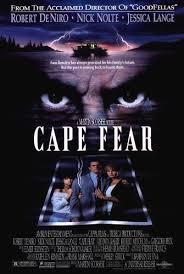Action Thriller: An Action Thriller uses physical fights and chases to create suspense within the film. Most traditional Action films in this sub-genre will often have continuous motion and action including physical stunts, chases, fights, battles, and races. Often these scenes will contribute to the overall sense of danger that the protagonist is facing however the protagonist has always got the necessary set of skills to deal with the situation in hand. Examples: Die Hard, Kill Bill Vol. 1, The Bourne Identity.
Thrillers: Thriller is a genre that focuses on anticipation and suspense. The aim for Thrillers is to keep the audience alert, gripped and on the edge of their seats. The protagonist in these films is set against a problem – an escape, a mission, or a mystery sometimes set by the antagonist. No matter what sub-genre a Thriller film falls into, it will emphasise the danger that the protagonist faces. The tension with the main problem is built on throughout the film and leads to a highly stressful climax.
Film-Noir: Film Noir is not only a sub-genre, but rather a term for a distinct stylistic type of crime-drama or thriller that was popular throughout the 1940s and 1950s. The dark lighting in the film usually emphasises the black and white colour tone in the film which is linked with the film genre. The main character is usually a cynical hero who doesn't believe in the events taking place. Film-Noir relies on a narrative voice and various flashbacks to explain the intricate plot. Examples: Sunset Boulevard, The Maltese Falcon, Sweet Smell of Success.
Crime Thriller: Crime Thriller film is a sub-genre that incorporates the suspenseful aspects of a thriller with a crime film plot. This sub-genre's plot usually centres on a serial killer, murderer, robbery, or manhunt. As opposed to traditional crime films, the storyline focuses both around the criminal and the protagonist. Crime Thrillers use both action and psychological aspects to build tension and suspense. Examples: The Usual Suspects, The Fugitive, Jagged Edge.
Religious Thriller: Religious Thriller film incorporates religious themes, including religious questions, ceremonies, and objects. Though some films can revolve around a specific church, many Religious Thrillers include supernatural experiences not pertaining to a certain religion. Exorcisms, demon possession, and church cover-ups are typical themes of Religious Thrillers. Examples: The Devil’s Advocate, The Ninth Gate, The Da Vinci Code.
Psychological Thriller: In addition to the traits of a regular Thriller, a Psychological Thriller incorporates elements of drama and mystery film. The suspense in this sub-genre comes from the mind, rather than from a psychical threat. The protagonists in Psychological Thrillers must rely on their mental resources to solve the situation. Because of their nature, many Psychological Thrillers cross over into the Horror genre. Examples: Memento, Rear Window, Taxi Driver.
Science Fiction Thriller: Science Fiction Thriller incorporates hypothetical, science-based themes into the plot of the film. Traditionally, a Science Fiction film will incorporate heroes, villains, unexplored locations, fantastical quests, and advanced technology. These elements can be used in a Science Fiction Thriller to create anticipation and suspense. Often, this sub-genre will explore the “future-gone-bad” theme, including plots that revolve around alien invasions, dystopian scenarios, and super-diseases. Examples: Aliens, Inception, District 9.























